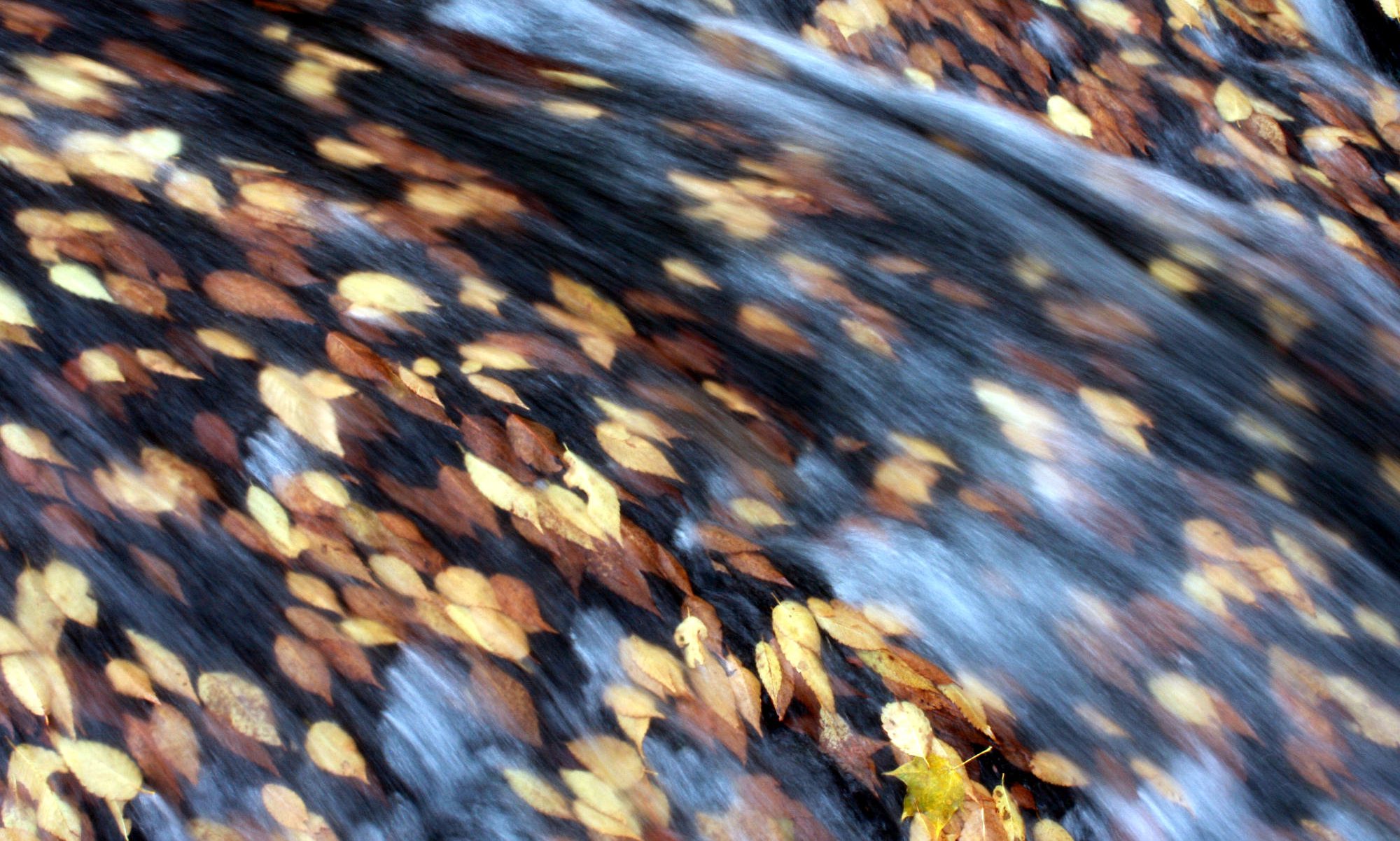In his book Native Orchids of North America, Donovan Correll wrote of an extremely disjunct population of the showy lady slipper (Cypripedium reginae) said to be found in the mountains of western China. That was an eyeful for me at the time (I was 16) – how could that be? China was literally on the other side of the world! Surely, some strange force was at work here. Years later I learned of the yellow counterpart to C. reginae growing in western China’s fabled mountains, the now well known Cypripedium flavum.
These two species are at once highly reminiscent of each other, and yet obviously different, something Correll didn’t notice in the dried herbarium specimens he had examined. Indeed for many years, with the “Bamboo Curtain” fully drawn, many Chinese orchids fell into near mythical status – unknown except by the handful of botanists who roamed those far regions a hundred or more years ago. This is the story of this lovely slipper orchid today.

Cypripedium flavum is a deciduous, herbaceous, perennial, terrestrial orchid found in thin woods of high mountain valleys. It’s fleshy, densely pubescent stem can grow nearly as high as C. reginae, up to 60 cm tall in large specimens, but is usually two thirds that height. Also, like C. reginae, it bears many pubescent, elliptic leaves, as many as 10 in number, in a alternating pattern up the stem. The rhizome is stout, bearing many thick, light brown roots. Plants tend to clump, with 15 or more stems each, but can occur singly.
The flower again is much like in C. reginae, but smaller, having a natural spread of 4-6 cm on average (or as Dr. Phillip Cribb says, “flowers the size of ping-pong balls”). The dorsal sepal and synsepal are very broad to the point of being nearly ovate, the former hanging in a horizontal position like a hood over the lip, the latter, cradling the bottom of it. The petals are more elongate and in most plants tend to recurve backwards. The lip is rather round to somewhat elongate, sometimes having a slight cleft “chin” appearance, and often is laterally compressed.
Flower color is variable, usually being a yellow to cream base throughout. The petals and sepals can be flushed, spotted, and striated with varying amounts of purple-maroon color, or can be completely unmarked. The same goes with the lip – it can be highly spotted, lightly so, or not at all. The staminode tends to be deep maroon, but Cribb cites specimens with “butter-yellow staminodes” from northern Sichuan. Alba-like forms have been found as well in northern Yunnan with nearly pure white flowers – except the staminode which retains some purple pigment. Flowers are borne singly, or very rarely in a pair.
Cypripedium flavum is a plant of high mountain valleys, found only in western China from northern Yunnan, a tiny part of eastern Xizang (Tibet), throughout western Sichuan, southern Gansu, and western Hubei. It probably also occurs in parts of southern Shaanxi, but is not reported from there.
This rare yellow slipper orchid is an endemic species confined to alpine valleys from ~2,300-3,700 meters elevation in the Hengduan Mountains of western China. It seems most at home in areas where limestone is near the surface, sometimes numbering in the thousands of plants, such as northern Sichuan’s Huanglong Valley with its famous travertine limestone formations. It can also be seen on limestone scree slopes, in thin coniferous forests or forest margins, in deciduous woods, and in thickets and scrub. It is often accompanied by other Cypripediums in the wild – typically C. calcicola, C. tibeticum, and C. bardolphianum, and occasionally C. farreri, C. franchetii, C. margaritaceum, C. guttatum, and C. plechtrochilum.

Continue reading “Cypripedium flavum, the yellow Cypripedium of western China”





















